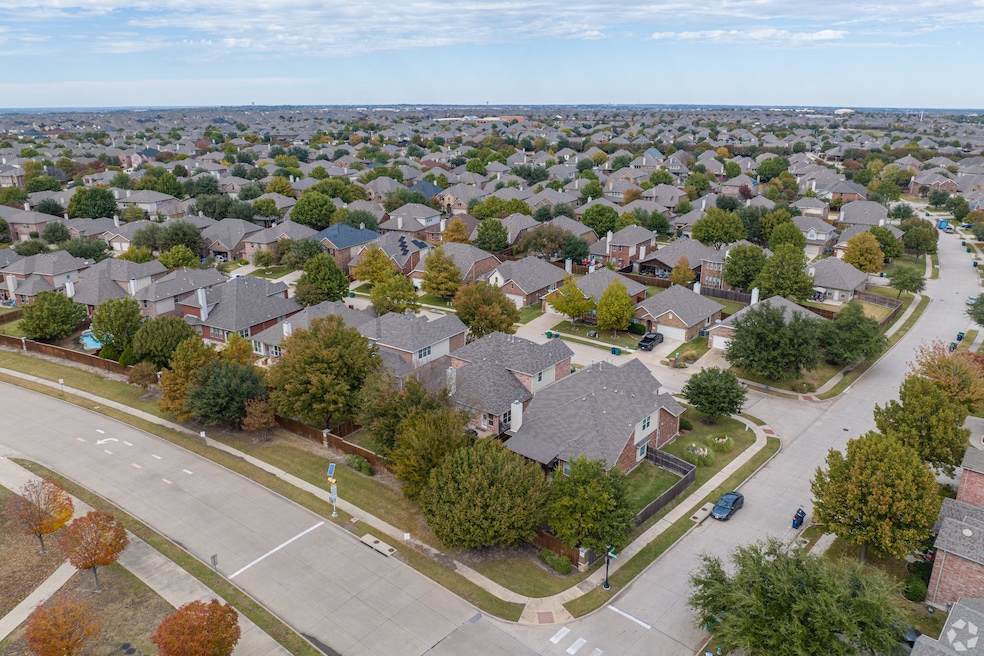Borrowing costs are stabilizing, but homebuyers are crawling back to the sidelines as volatility continues rocking markets.
Mortgage rate averages decreased — but barely. As of Thursday, the 30-year, fixed-rate mortgage was at 6.81%, down from the previous week’s average of 6.83%, according to mortgage giant Freddie Mac, a buyer of loans from banks.
At the same time, the average 15-year, fixed-rate mortgage was 5.94%, Freddie Mac said. That’s down from last week’s 6.03% average.
Daily mortgage rates — known to be more variable because they are susceptible to the ins and outs of the markets — were also lower than the previous day as of Thursday afternoon.
The 30-year, fixed-rate mortgage was at 6.94%, while the 15-year, fixed-rate mortgage was at 6.29%.
Policy uncertainties are creating volatility
Though mortgage rates decreased this week, the bigger picture shows an upward trend that’s manifested in recent weeks as investors and markets react to policy changes, including sweeping tariffs.
The latest disruptor came at the end of last week when President Donald Trump criticized the leader of the country’s central bank, Jerome Powell.
In response, markets plunged, and that sent mortgage rates up.
“Mortgage rates are an extension of the financial market,” Matthew Graham, chief operating officer at Mortgage News Daily, wrote in a Wednesday blog post, “so it's no surprise that they've been more volatile than normal over the past few weeks as markets react to fiscal headlines.”
Since then, Trump has walked back some of his comments about the Federal Reserve chair, and the White House has also hinted at easing tariffs on China. Though incremental, those tone shifts were enough to bring daily measures of mortgage rates slightly lower, though they’re still higher than they’ve been in recent months.
Buyers are pulling out of the housing market
More broadly, the recent upswing in mortgage rates follows three months of mostly consistent declines.
Between January and early April, mortgage rate averages fell from above 7% to a more palatable 6.62%, Freddie Mac’s data shows. As that trend has reversed course, buyers have fled the market.
Mortgage applications declined for the second consecutive week in the week ended April 18, a direct result of rising borrowing costs, according to Bob Broeksmit, CEO and president of the Mortgage Bankers Association.
“With rates now close to 7 percent, many potential borrowers will likely stay on the sidelines until they have a better idea of the direction that rates, and the economy, are headed,” he said in a statement.
Additionally, there were fewer sales of pre-owned homes in March than the previous month and the previous year, according to data from the National Association of Realtors.
In March, existing home sales sank nearly 6% compared to February, breaking from the usual trend of home sales picking up in the spring.
Sales were also lower than a year earlier, even though mortgage rates aren't as high as they were at the same time a year ago. It’s a sign of how sensitive buyers are to mortgage rates and how narrow the perspective on borrowing costs can be.
“Home buying and selling remained sluggish in March due to the affordability challenges associated with high mortgage rates," said Lawrence Yun, NAR chief economist. "Residential housing mobility, currently at historical lows, signals the troublesome possibility of less economic mobility for society."
Borrowers can still get into the market when rates are high
Despite the growth in mortgage rates, there are still ways to navigate the housing market right now, according to Melissa Cohn, regional vice president of William Raveis Mortgage.
For example, buyers could opt for a “float-down mortgage,” she said in an interview. Those loans offer borrowers the chance to switch to a lower mortgage rate even after they’ve locked in a rate.
Lenders typically charge a percentage of the loan amount, but Cohn said there are cases where it can make more sense for a borrower to take on that cost in exchange for the opportunity to lower their rate.
Cohn also noted that buyers should also consider home price growth.
“Let’s say a house was going to increase by 5% in a year, versus paying 1% higher on a mortgage,” she said. “It’s much cheaper to pay 1% higher on the mortgage and then refinance than it is to wait and have to pay more for the house. You have to do the math.”

